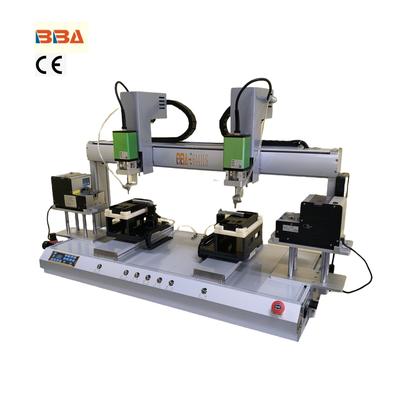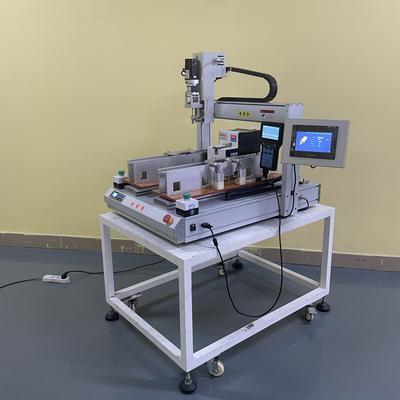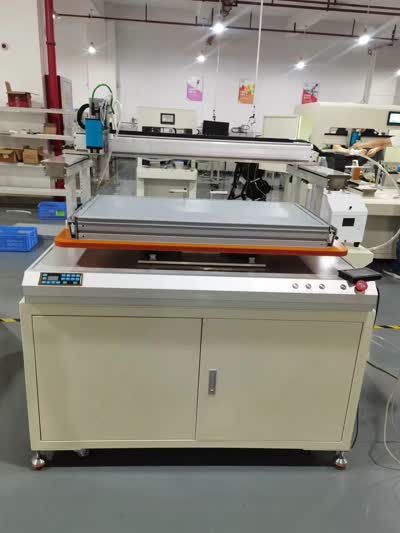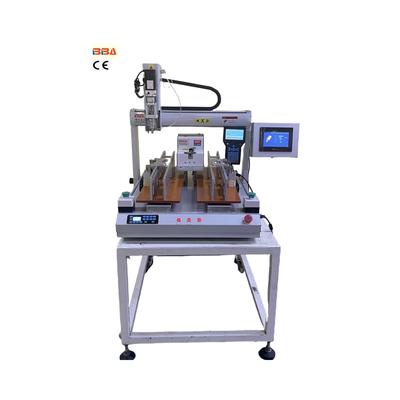Automatic Screw System: Boosting Factory Efficiency and Quality with Automation | Industrial Assembly Revolution
| Product Name | Applicable industries |
| CNC Screw Fastener | LED Lighting Industry |

Why More Factories Are Switching to Automatic Screw Systems
In today’s competitive manufacturing landscape, factories are rapidly embracing automated screwdriving systems to revolutionize assembly lines. Gone are the days when manual screw fastening dominated production floors. This shift isn’t merely a trend—it’s becoming integral to modern industrial efficiency.
Automatic screw systems combine robotic arms, precision torque controllers, and intelligent feeders to install screws with impeccable accuracy. Unlike manual methods, these systems automate the entire process: picking screws from vibrating trays, driving them to exact depths, and verifying torque—all without human intervention.
Driving Forces Behind the Adoption
One key catalyst is dramatic productivity gains. A single automatic screwdriver can install hundreds of screws per hour—consistently and tirelessly—slashing assembly times by up to 70%. This efficiency accelerates production cycles, enabling factories to meet escalating demand without expanding shifts or hiring costly labor.
Quality consistency is equally pivotal. Human operators inevitably suffer fatigue, leading to under-tightened or over-torqued screws. Automated systems eliminate such inconsistencies by applying precise, pre-programmed force for every fastener. This reduces product defects, warranty claims, and costly recalls, particularly in high-stakes industries like automotive or electronics.
Tangible Economic and Safety Benefits
Labor shortages make automation a practical necessity. With skilled workers increasingly scarce, factories deploy screw systems to handle repetitive tasks, freeing employees for higher-value roles. This shift directly lowers operational costs—reducing dependence on large labor pools and minimizing expenses related to recruitment and training.
Workplace safety sees immediate improvements, too. Repetitive screwdriving strains wrists, elbows, and shoulders, contributing to chronic injuries. Automatic technology eradicates these risks, improving employee well-being while cutting healthcare and compensation expenses.
Data-Driven Manufacturing Emerges
Modern systems offer advanced traceability features. Sensors record torque values and installation depth for each screw, storing this data in cloud platforms. If a product fails, manufacturers trace faults back to exact fasteners or assembly phases. This transparency enhances quality control, simplifies audits, and strengthens supplier compliance.
Overcoming Investment Hesitations
While initial costs deter some, solutions now exist for budgets of all sizes. Modular systems integrate easily into existing lines, scaling from single workstations to multi-robot cells. Payback periods often fall below 12 months thanks to faster throughput and waste reduction.
As technology evolves—with smarter machine vision, real-time AI adjustments, and IoT connectivity—the case for automation strengthens. Factories adopting these systems aren’t just automating screwdriving; they’re building resilient, competitive operations poised to outpace rivals still reliant on manual methods.


